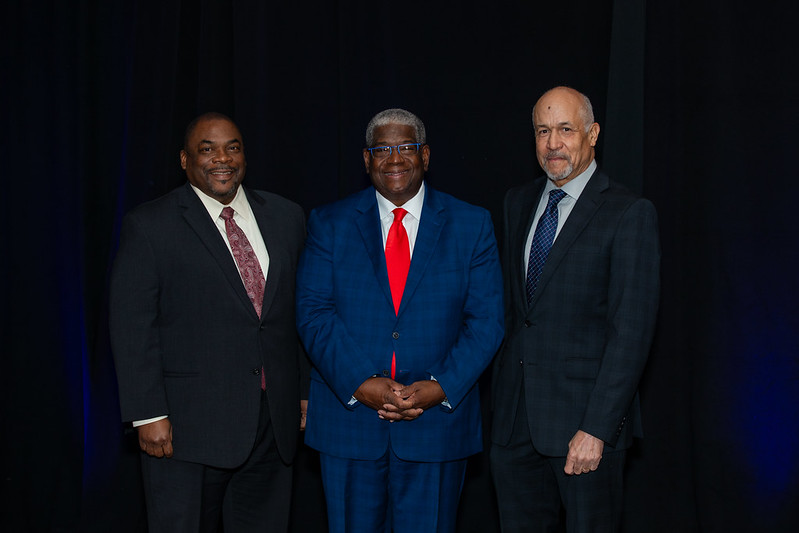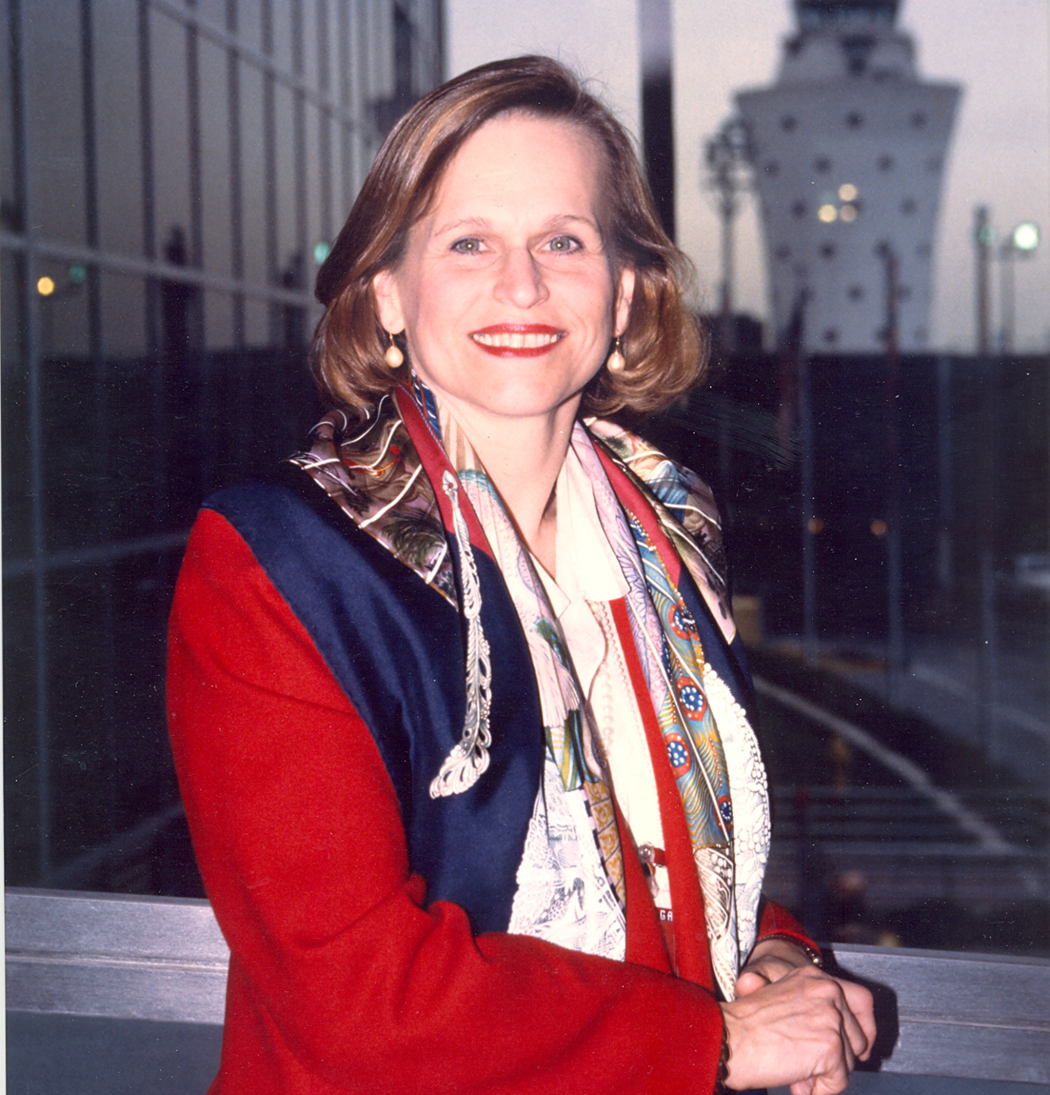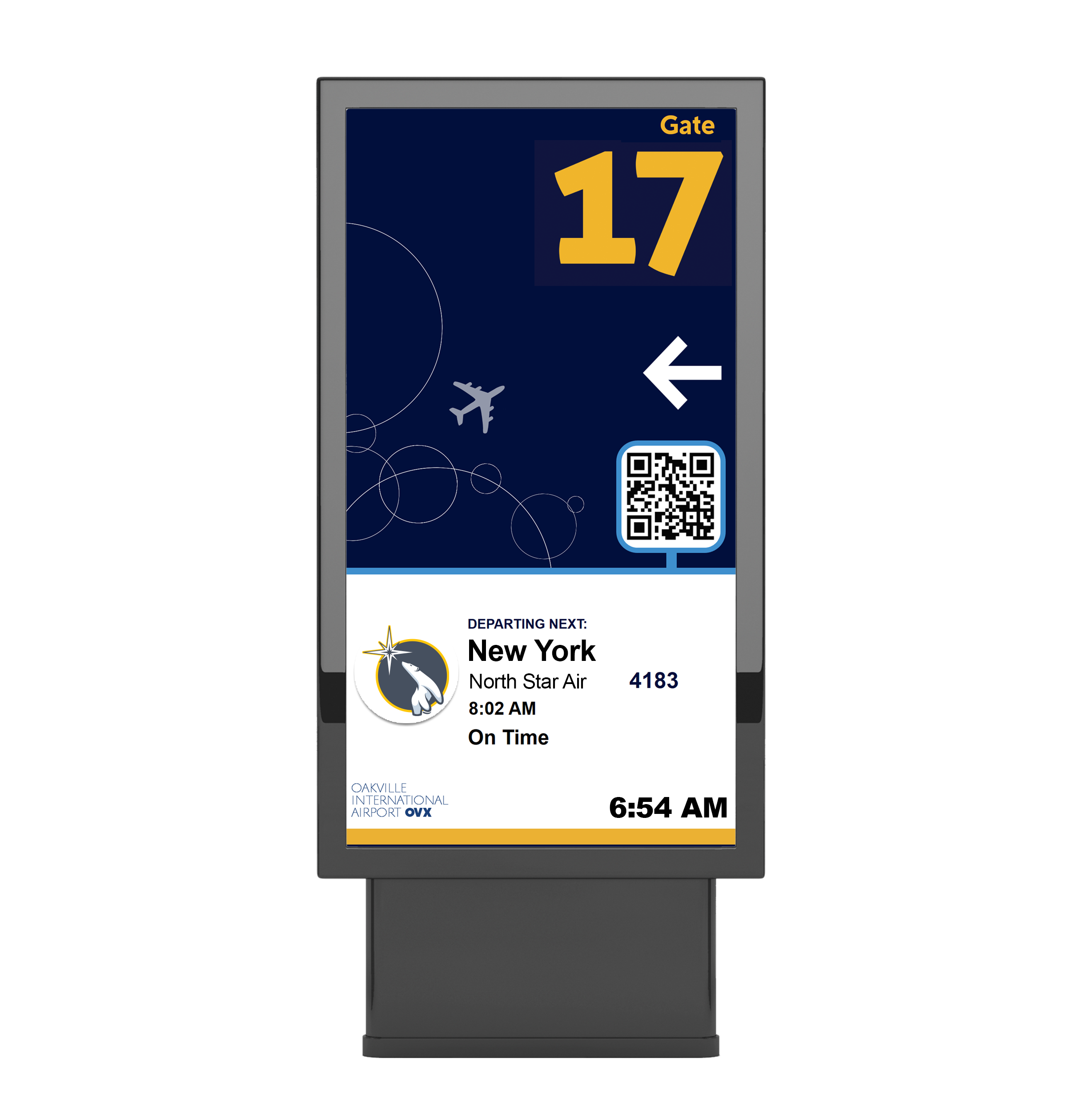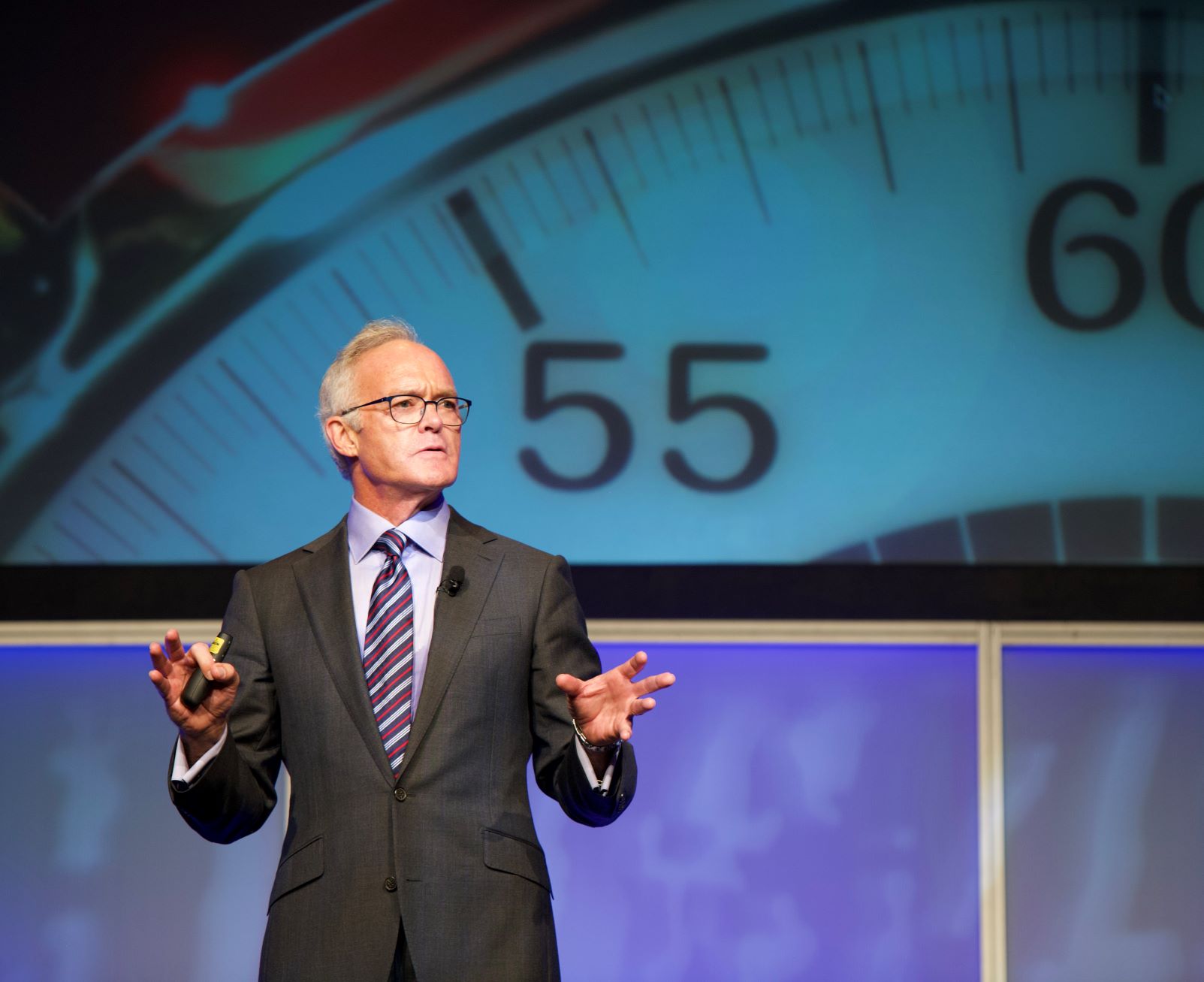Last month at the 2024 ACI-NA/AAAE Washington Legislative Conference, ACI-NA Chair Kevin Dolliole and AAAE Chair Perry Miller announced a new initiative called Soaring Scholars: Airport Minority Leadership Initiative, which aims to increase the percentage of minorities in leadership roles at U.S. airports. Dolliole, Director of Aviation for Louis Armstrong New Orleans International Airport and Miller, President and CEO of Richmond International Airport, launched this initiative to recruit, educate, and develop the best and brightest students beginning in high school, through college, and into management training positions at airports across the United States.
It will be established as an independent non-profit organization that will focus on four key strategies.
- Identify minority high school students who are interested in the airport industry and demonstrate promising leadership talent
- Partner with colleges and universities to create pathways to assist students in their pursuit of higher education in either aviation or any other relevant field
- Provide students with leadership development, essential people skills learning, and coaching opportunities
- Offer scholars internships and management track roles at airports
In the coming weeks, Brad Mims will join as the Executive Director of Soaring Scholars. Mims has served as a transportation professional in government and the private sector for over 40 years. More recently, he served as the Deputy Administrator of the Federal Aviation Administration, and he currently works with the U.S. Department of Transportation.
Additionally, nine airports will participate in the Soaring Scholars pilot program. These airports will help to develop the key components of the internships and management training program. They also committed to being among the first to provide employment opportunities to the highly qualified candidates developed through this initiative.
The airports are:
- Baltimore/Washington International Thurgood Marshall Airport
- Birmingham-Shuttlesworth International Airport
- Hartsfield Jackson Atlanta International Airport
- Long Beach Airport
- Louis Armstrong New Orleans International Airport
- Richmond International Airport
- Ronald Reagan Washington National Airport and Washington Dulles International Airport
- San Antonio International Airport



 Mark Summers is Zartico’s General Manager for Airports. He has been involved in commercial aviation for his entire professional career, working with Eastern Airlines, SITA, and Rockwell/Collins Airport Services. He is a former ACI committee member and resides in the Atlanta metro area.
Mark Summers is Zartico’s General Manager for Airports. He has been involved in commercial aviation for his entire professional career, working with Eastern Airlines, SITA, and Rockwell/Collins Airport Services. He is a former ACI committee member and resides in the Atlanta metro area. By Steve Romme, Co-founder of Airport One, LLC
By Steve Romme, Co-founder of Airport One, LLC





